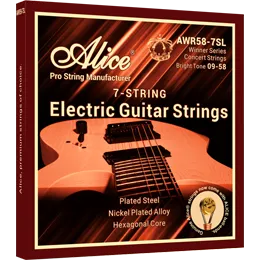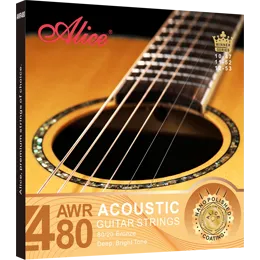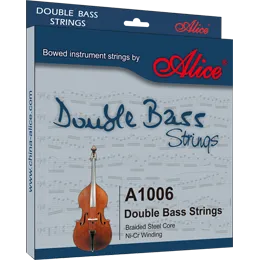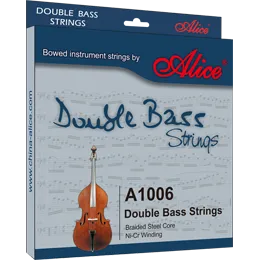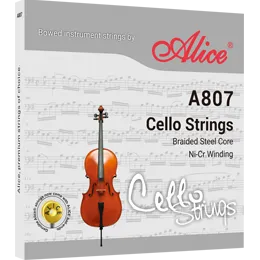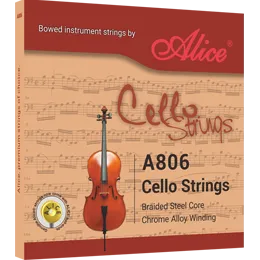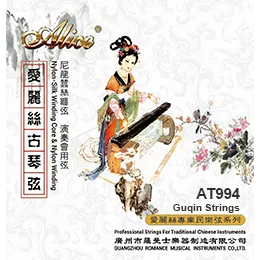How Guitar Picks Affect Tone – And Why Stocking the Right Types Matters
When it comes to shaping the sound of a guitar, most people think first of strings, pickups, or amplifiers. But there’s one small accessory that often goes unnoticed — and yet plays a surprisingly significant role in tone and playability: the guitar pick. For distributors and music retailers, understanding how different picks affect sound isn’t just a technical detail — it’s essential to stocking the right products, serving diverse players, and staying competitive in the market.
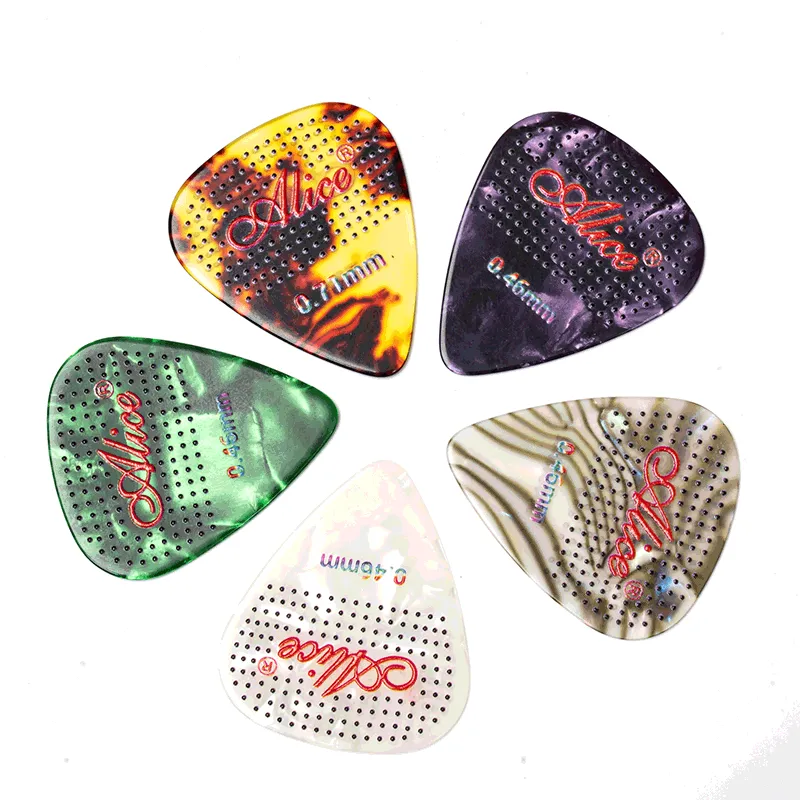
(Learn About Alice AWR Non-Slip Picks)
1. The Science of Picks: How They Influence Sound
The guitar pick, or plectrum, is the very first point of contact between the player and the strings. Its material, thickness, shape, and texture each affect how energy is transferred to the strings, shaping the instrument’s tone. Even the slightest change in pick design can alter the warmth, brightness, volume, and articulation of the sound produced.
Material: Nylon, celluloid, Delrin, and other synthetic materials each have distinct tonal properties. For example, nylon often produces a warmer, smoother tone, while harder materials like Delrin provide more attack and brightness.
Thickness: Thinner picks (0.46–0.60 mm) offer flexibility and a brighter, snappier sound — perfect for strumming. Thicker picks (0.88 mm and above) provide greater control, power, and darker tones, ideal for lead playing and heavy picking.
Shape: Standard shapes offer balance, jazz-style picks deliver precision and speed, and triangular picks provide more surface area for versatile play styles.
Edge and Tip: A rounded tip creates a softer, mellower tone, while a sharp tip gives a crisp, articulate sound.
These characteristics make the pick a subtle but powerful tone-shaping tool — and one that players often experiment with to find their unique sound.
2. Matching Pick Types to Playing Styles
Different musical genres and playing styles require different tonal qualities. Stocking a wide range of picks ensures that every player — from beginners to professionals — can find their ideal match.
Strumming and Rhythm Playing: Lightweight nylon picks with rounded edges are popular for acoustic strummers, producing a bright and fluid sound that enhances chord work.
Lead Guitar and Soloing: Heavier picks with pointed tips allow for fast picking, precise articulation, and a more focused tone — favored by rock, metal, and jazz guitarists.
Bass and Extended Range Instruments: Extra-thick picks deliver strong attack and dynamic control, helping bassists and extended-range players cut through a mix.
Classical and Fingerstyle Players: Although often played without a pick, fingerstyle players may choose flexible nylon picks for a softer touch and expressive dynamics.
By offering a curated selection tailored to these needs, distributors can attract a wider customer base and provide real value to their retail clients.
3. Why Pick Quality and Design Matter for Distributors
The guitar accessories market is becoming increasingly competitive, and product differentiation is key. Players today expect more than just basic plectrums — they want picks that offer better ergonomics, longer life, and improved performance.
For example, Alice AWR Non-Slip Picks are crafted from classic materials and feature a special textured pattern that enhances grip and reduces hand fatigue, even during long playing sessions. Their ergonomic heart shape ensures comfort, while their durability makes them a reliable choice for electric, acoustic, and classical guitars alike.
Similarly, Alice Nylon Picks are widely favored for their flexibility, tonal warmth, and versatility. Available in various thicknesses and shapes, they allow players to fine-tune their sound and playing feel. These premium design features elevate simple accessories into essential tools — and offering such quality products can significantly boost customer loyalty and brand reputation.
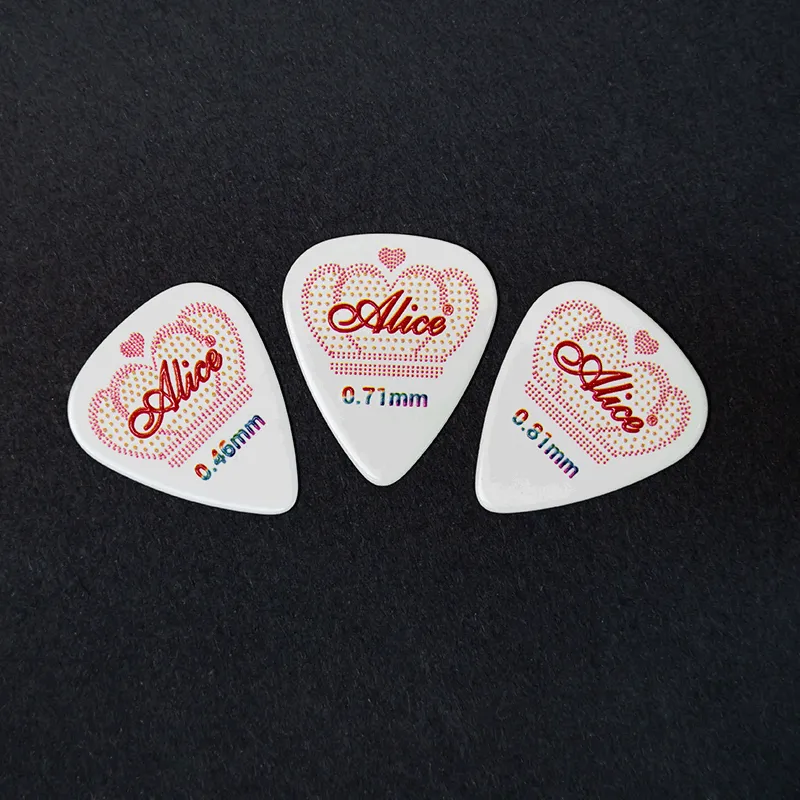
(Learn About AWR Non-Slip Picks)
4. The Growing Market for Guitar Picks in 2025
The global guitar accessories market, including picks, is experiencing steady growth driven by rising music education, the popularity of online music content, and a surge in amateur and professional players worldwide. Players are also becoming more selective, often owning multiple pick types for different genres and instruments.
For distributors, this means stocking a diverse range of picks is no longer optional — it’s a strategic advantage. It helps you cater to evolving player demands, position yourself as a reliable partner to retailers, and capture market share in a fast-growing segment.
5. Why Choose Alice Guitar Picks
As a trusted name in the global string and accessories market, Alice has built a reputation for producing high-quality, innovative products designed with musicians in mind. Our Alice Guitar Picks combine premium materials, ergonomic designs, and consistent manufacturing standards to deliver excellent tone and long-lasting performance.
With a strong focus on R&D, OEM/ODM services, and large-scale production capabilities, Alice Guitar Picks manufacturers are the ideal partners for distributors looking to expand their product lineup and meet diverse customer needs. Whether you’re targeting beginners seeking affordable quality or professionals demanding precision tools, Alice offers the range, reliability, and performance your business needs.
Conclusion
The guitar pick may be small, but its impact on tone, playability, and player experience is huge. For distributors, understanding these nuances is key to stocking the right products, satisfying customers, and growing your business. From material and shape to specialized designs, the right picks can elevate every playing style — and stocking top-quality options like Alice AWR Non-Slip Picks and Alice Nylon Picks ensures you stay ahead in a competitive market.
Partner with Alice Guitar Picks manufacturers today and bring world-class tone-shaping tools to your customers.
Relate News


What Are Violin Strings Made Of?
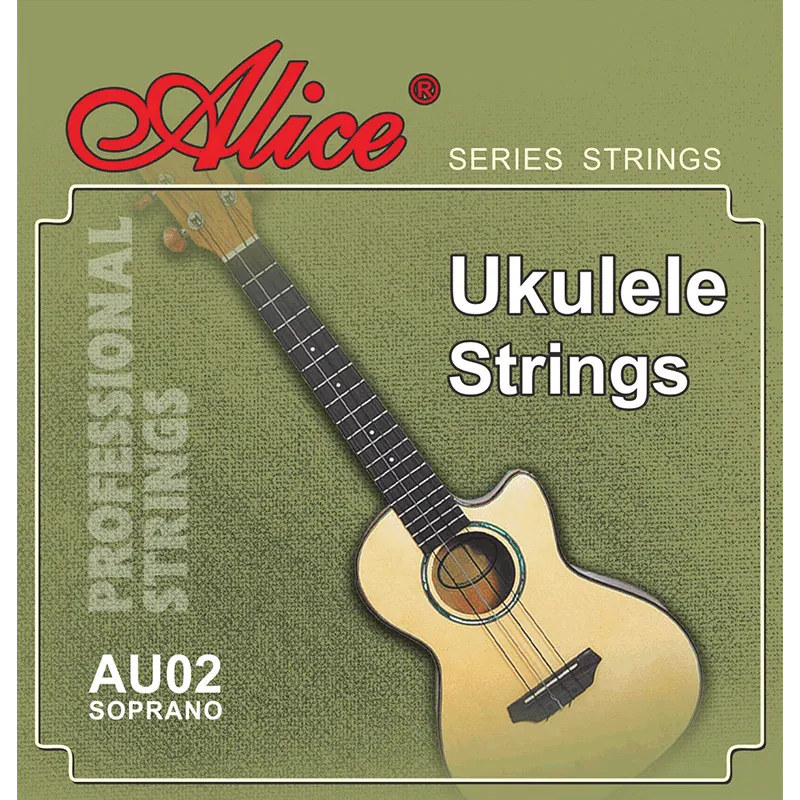
Folk Instrument Strings: Types, Materials & How to Choose the Right Set
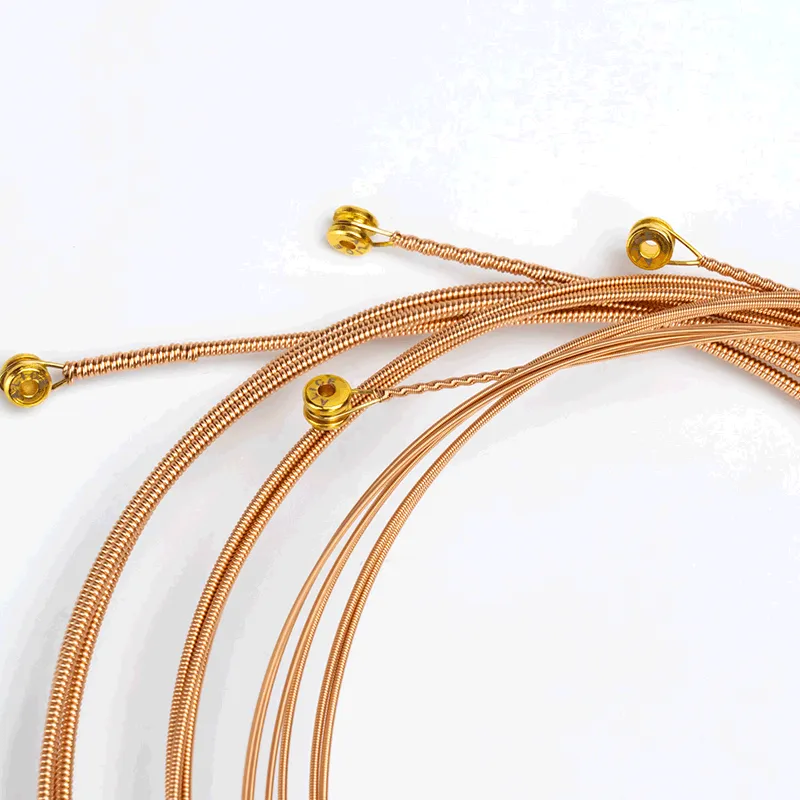
Which Acoustic Guitar Strings Fit Different Music Styles Best?

Common Guitar String Problems: How to Fix Tuning Issues, Rust, and String Breakage

Complete Guide to Guitar String Materials: Which One Is Right for You?

The Complete Guide to Orchestral Strings: Everything You Need to Know

Inside the Craftsmanship: The Manufacturing Process of Guitar Strings
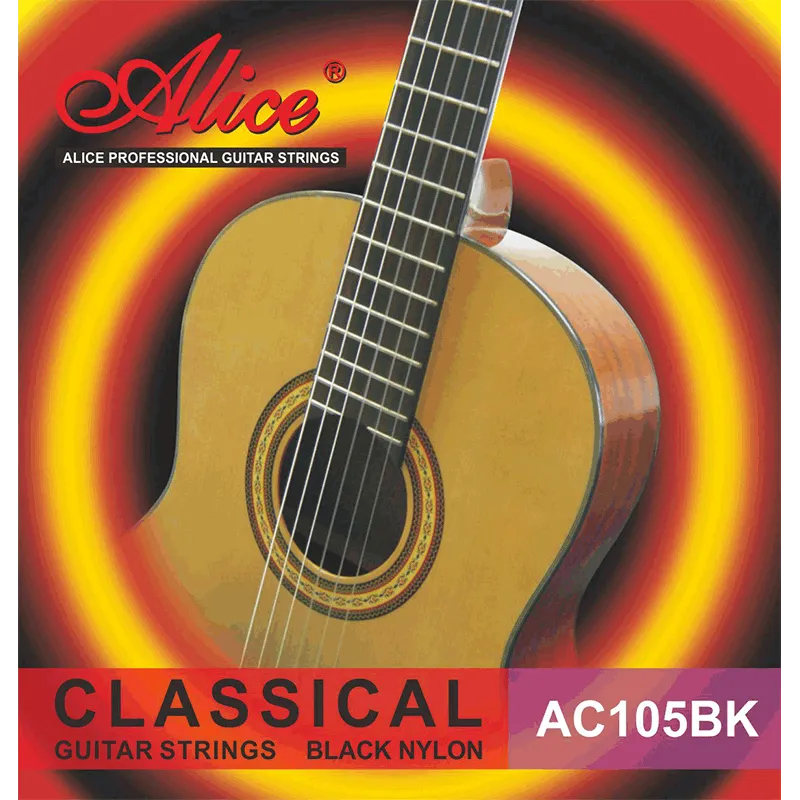
Wholesale Guitar String Purchasing: A Practical Guide for Retailers and Distributors
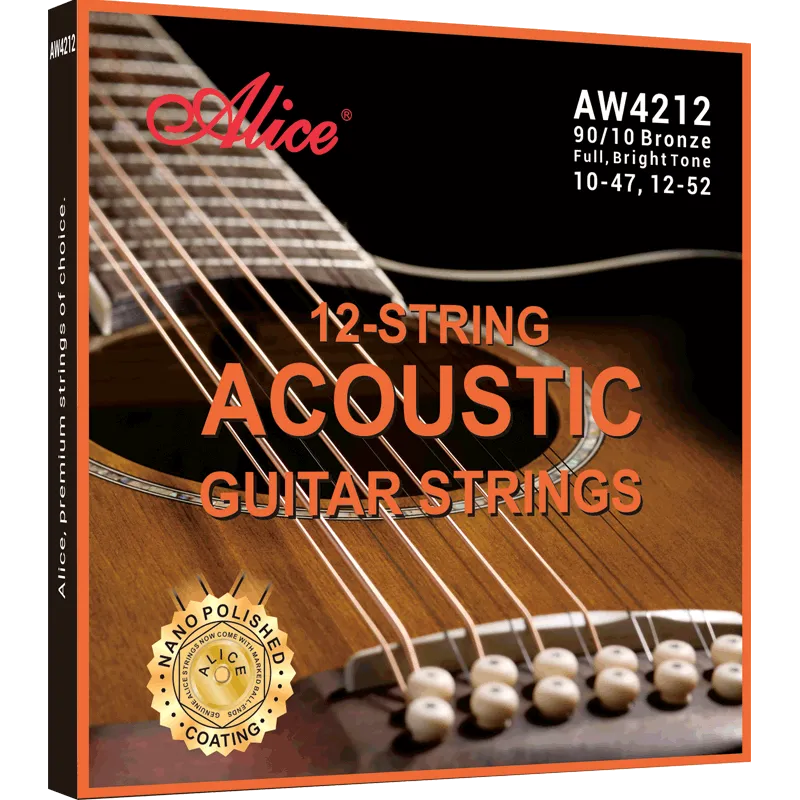
How to Choose the Right Guitar String Models for Export Markets

How Alice Guitar Strings Compare to Leading Brands



